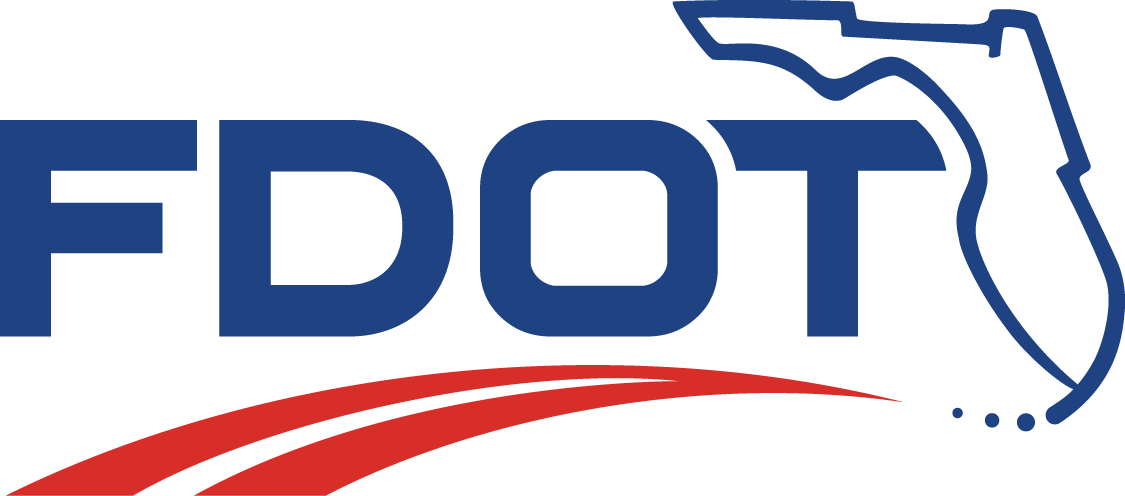News
Mainline Weigh-in-Motion
Mainline WIM systems are commonly used to screen CMVs on the mainline for size, weight, and other compliance factors as they approach a weigh station. The Mainline WIM systems commonly contain the following technology deployments:
- WIM sensors
- WIM sensors are embedded in the pavement and automatically weighs vehicles.
- LPR and USDOT cameras
- Identify CMVs to determine if they potentially have out-of-service violations and/or if a carrier has overdue citations.
- Over height detection
- Verifies the CMV is compliant with height requirements.
- Hazmat placard readers
- Identifies if a carrier is transporting hazardous materials.
All data collected by the above technologies is processed through the scale system. The system reviews the individual data points to determine if additional reviews are needed to ensure CMV compliance. For example, the weight sensors compare the readings of the CMVs to a weight pass/fail threshold determined by a set percentage of the vehicles legal weight. CMVs that exceed the threshold are directed into the weigh station to be weighed on certified static scales used to write citations if merited. In addition, LPR and USDOT cameras review CMVs to determine if they potentially have out-of-service violations and/or if a carrier has overdue citations.
Mainline WIM devices result in low probability of incorrectly sorting a truck to the weigh station and improves efficiencies by keeping the motor vehicles in commerce. Florida currently has three mainline WIM sites, these sites are located at the port of entry locations (Pensacola I-10, White Springs I-75 and Yulee I-95).


